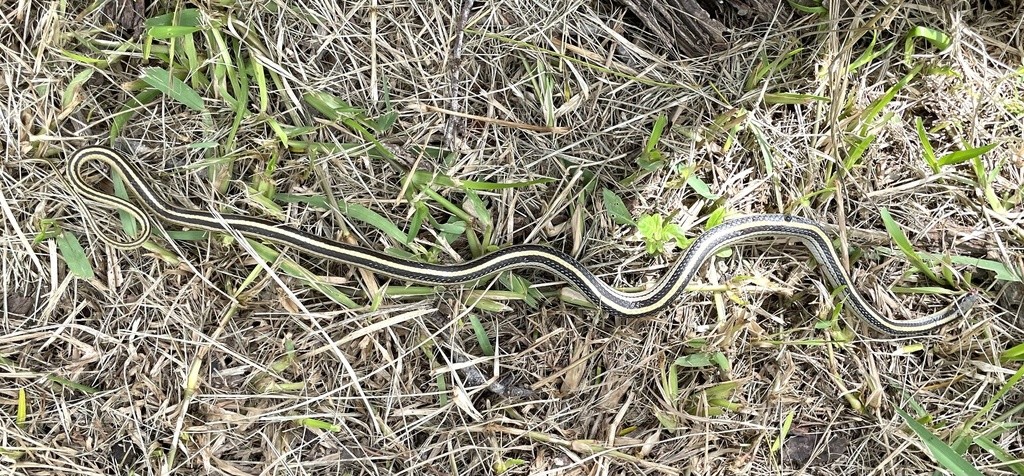Texas patchnose snake
A species of Patch-nosed snakes Scientific name : Salvadora grahamiae lineata Genus : Patch-nosed snakes
Texas patchnose snake, A species of Patch-nosed snakes
Scientific name: Salvadora grahamiae lineata
Genus: Patch-nosed snakes
Content
Description General Info
Description
Texas patchnose snake is characterized by its specialized feeding behavior, wherein it uses a swift, flicking tongue motion to capture arthropods and small vertebrates. Notably, it exhibits a mid-morning and late afternoon activity peak, hypothesized as a thermoregulatory strategy to avoid extreme desert temperatures. Its ecological contribution lies in its predatory role, helping control insect and small vertebrate populations.
General Info
Lifespan
5-10 years
Diet
Texas patchnose snake is primarily an insectivore, adept at catching arthropods such as spiders and beetles. Its tongue, when extended, handles insect prey with remarkable speed and accuracy.
Appearance
Texas patchnose snake is a medium-sized snake with a slender body, covered in shiny, smooth scales. Its most distinctive feature is its eye-catching colouration - a series of bright yellow stripes against a dark brown or black background. Both sexes share the same patterns and shades, ageing doesn't noticeably change its appearance. It's a limbless species, and lacks any secondary features such as horns, spines, or ruffs.
Behavior
Texas patchnose snake is a nocturnal reptile, highly active during the night, hunting for prey. Displaying a solitary disposition, this species mainly interacts during the breeding season. It uses body postures to communicate or assert territorial dominance. As a survival adaptation, the coloration of texas patchnose snake provides effective camouflage within arid environments.
Scientific Classification
Phylum
Chordates Class
Reptiles Order
Lizards and snakes Family
Colubrids Genus
Patch-nosed snakes Species
Texas patchnose snake 